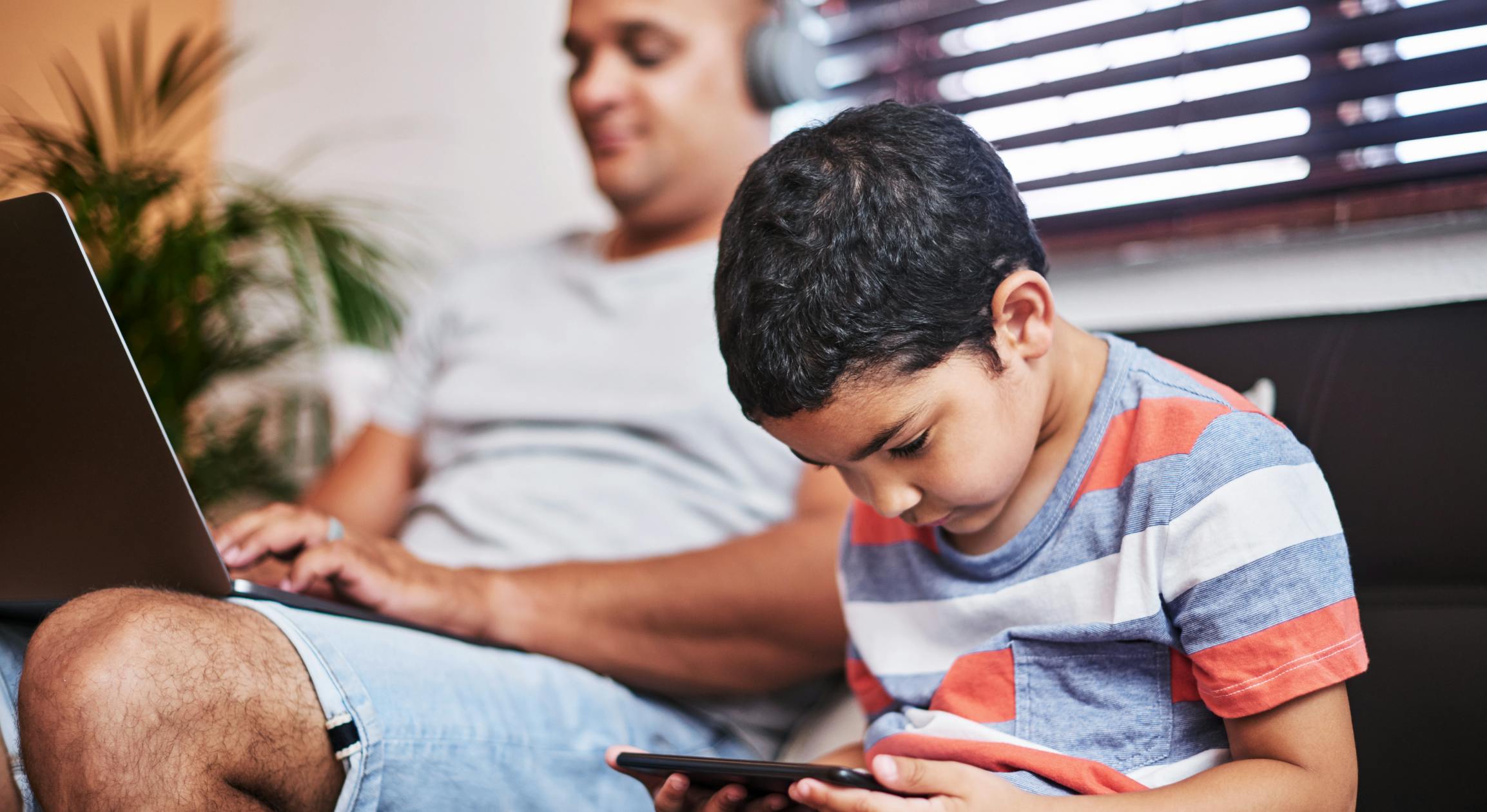As children grow into digital natives, many parents feel a strong urge to monitor their devices, online activity, and communications—for safety, accountability, or simply peace of mind. But with growing awareness around privacy, digital rights, and consent, the question arises: Can you monitor your child’s digital life without violating their trust or crossing legal boundaries?
This article explores what the law says, what ethical parenting looks like in the digital age, and how to strike a healthy balance between safety and respect.
What the Law Says About Parental Monitoring
In most countries, parents or legal guardians have the right to monitor their underage children’s digital activity. This includes reading messages, checking browser history, installing parental control apps, or limiting screen time. The law generally views minors as being under the care and responsibility of their parents until they reach the age of majority—usually 18.
However, laws differ by region. In some jurisdictions:
- Once children reach a certain age (13 or older), data protection laws like the GDPR (Europe) or COPPA (US) limit how their data can be collected or shared—even by parental apps.
- Recording or listening to private conversations, including video or audio, may still require consent, even if the subject is a minor.
The Real Issue: Trust, Not Just Legality
Just because something is legal doesn’t mean it’s helpful. Excessive or secretive monitoring can damage the relationship between parent and child, eroding the trust needed for open communication. Many teens report that knowing they are being watched makes them more secretive, not safer.
Monitoring works best when it’s part of a conversation—not a secret plan.
Questions to ask yourself before monitoring:
- Is this helping my child grow in independence and responsibility?
- Have I explained why we’re using this tool or setting this boundary?
- Am I open to changing the approach as my child grows?
How to Monitor Responsibly
If you choose to monitor, it’s important to do it in a way that maintains transparency, respect, and trust.
1. Be Transparent
Let your child know what you’re doing and why. Explain that monitoring isn’t about control—it’s about safety, responsibility, and learning to navigate the internet wisely.
2. Set Clear Boundaries Together
Work with your child to create family tech rules or a digital agreement. Include things like screen time limits, privacy settings, and appropriate online behavior. Make it a living document you revisit regularly.
3. Use Tools That Empower, Not Just Restrict
Choose apps or tools that offer insight rather than just surveillance. Look for features like app usage summaries, website blocking with explanations, or alerts rather than full access to every message.
4. Shift the Focus Over Time
As your child matures, gradually shift from monitoring to mentoring. Trust them with more responsibility and allow them to manage their own digital habits, with you as a guide rather than a gatekeeper.
When Trust Has Already Been Broken
If your child has engaged in unsafe or deceptive behavior, you may feel the need for stricter monitoring. In these cases, explain that monitoring is temporary and tied to rebuilding trust. Focus on helping them understand why the boundaries exist, and how they can regain privacy through responsible choices.
Conclusion
You can—and sometimes should—monitor your child’s digital life. But how you do it matters. When monitoring is done with transparency, purpose, and a long-term mindset, it doesn’t have to violate trust. Instead, it can become a tool to build it.
Trust grows when children know you're not just watching them—you’re walking with them.



